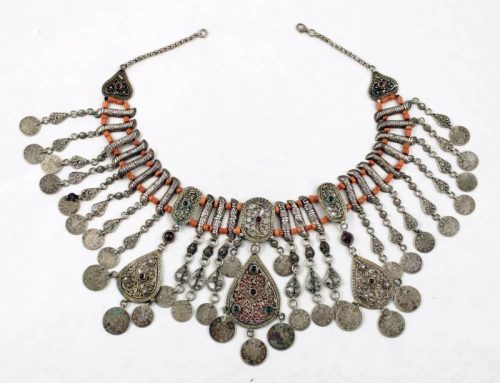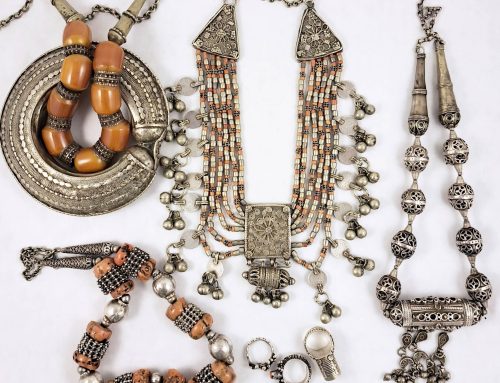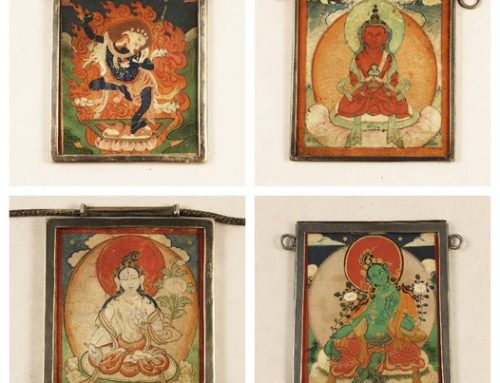There is a great variety of original and especial ornaments that can be found in Indonesia. One of the most fascinating types are these simple, yet hightly symbolic pectoral discs, which are named after the moon (bulan).
They are found mainly in Timor and in South East Maluku, usually made of gold, silver and brass or bronze.
The discs, also called “Trophy discs” were emblems given to returning warriors by local aristocrats.
These pectoral ornaments symbolized prestige and bravery among men. But new mothers in Atoni were traditionally adorned in warrior costumes, including this pectoral discs, after emerging from childbirth seclusion.
The significance of Indonesian pectoral discs
Boat-shaped ornaments, such as the forehead noni funàn and these discs, are symbolic of transition and history in island life. Historical “moon” discs, once awarded to brave warriors in Indonesia, were worn during rituals to invigorate village vitality.
These discs often feature abstract or stylized designs, occasionally incorporating human attributes like eyes or masks. They draw inspiration from ancient Southeast Asian art, particularly Bronze Age drums, and may symbolize fertility through aquatic birds and fish motifs.
Sometimes the significance of the decoration is hard to decipher. The example on top seems to show horns, but some scholars atribute this design to a boat, so important for a region like Indonesia, formed by islands.
Some motifs possibly show influence from Dongson styles, although this is not well-documented.
Large pectoral discs were rewards for warrior prowess and tokens in political alliances and marriages. Motifs like kaibauk represent the crescent moon, while starbursts signify celestial and ceremonial significance, such as the Pleiades or the Morning Star. Some discs evoke animal masks or abstract patterns. The depiction of women breast is rare (see last bronze disc shown in this post) and it is related to women and fertility.
Smaller discs, known as tèfan, are likely from West Timor and symbolize status and mythological hunting prowess.
Documentation:
“Ethnic Jewelry from Indonesia”, Carpenter, Bruce W., Editions Didier Millet, 2011
“Gold Jewellery of the Indonesian Archipelago”. Anne Richter, Bruce W. Carpenter, ed.Didier Millet, 2011
“Magie van de vrouw”, Vanderstraete, Anne, wereldmuseum, Rotterdam, 2012
“Power and gold: jewelry from Indonesia, Malaysia and the Philippines”, Rodgers, Susan, Presteg Verlag, Geneve, 1988









